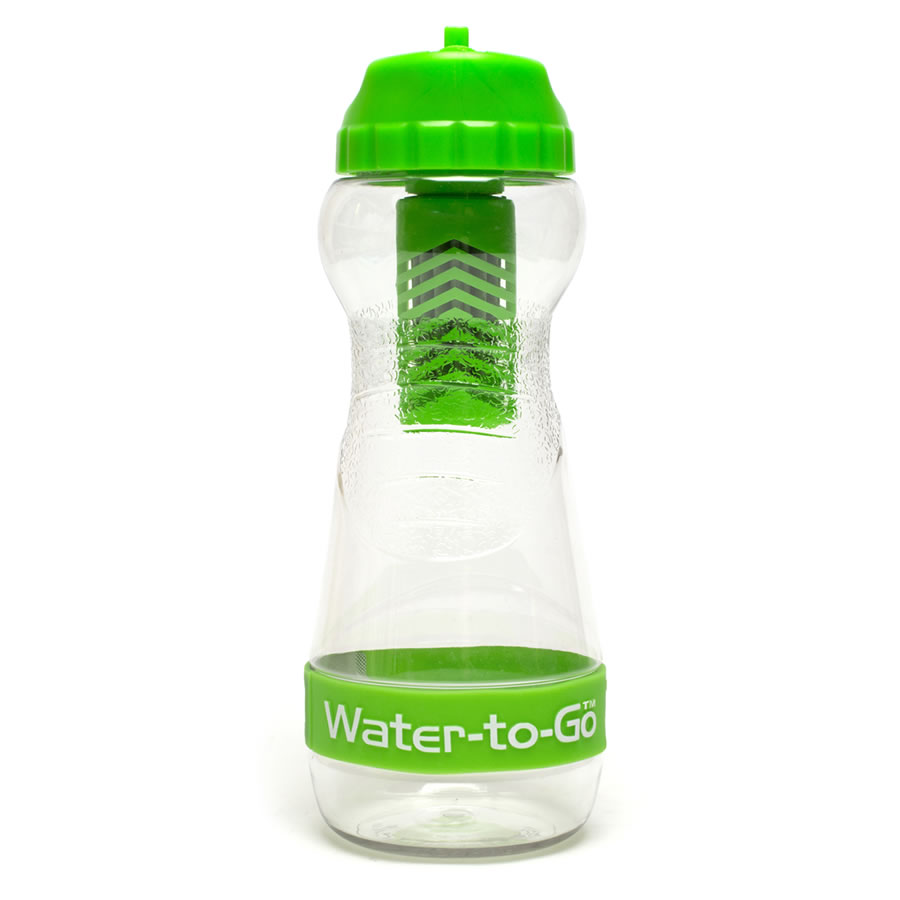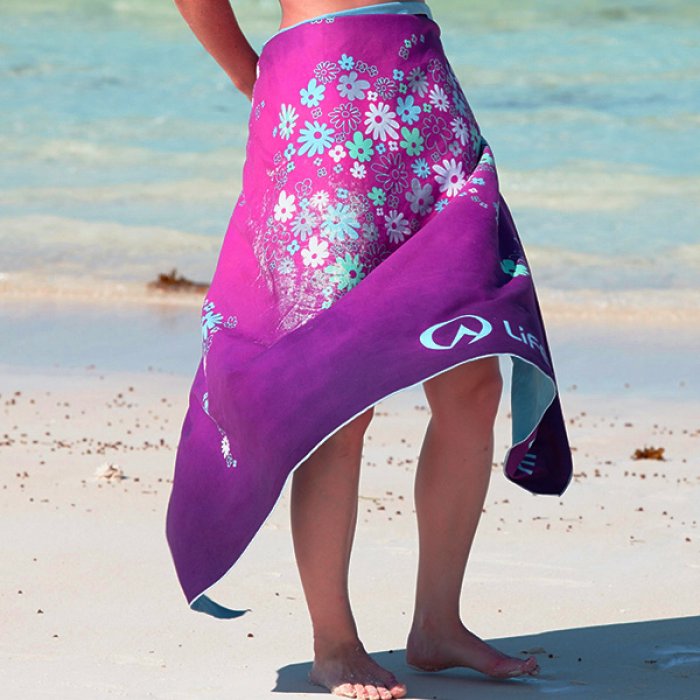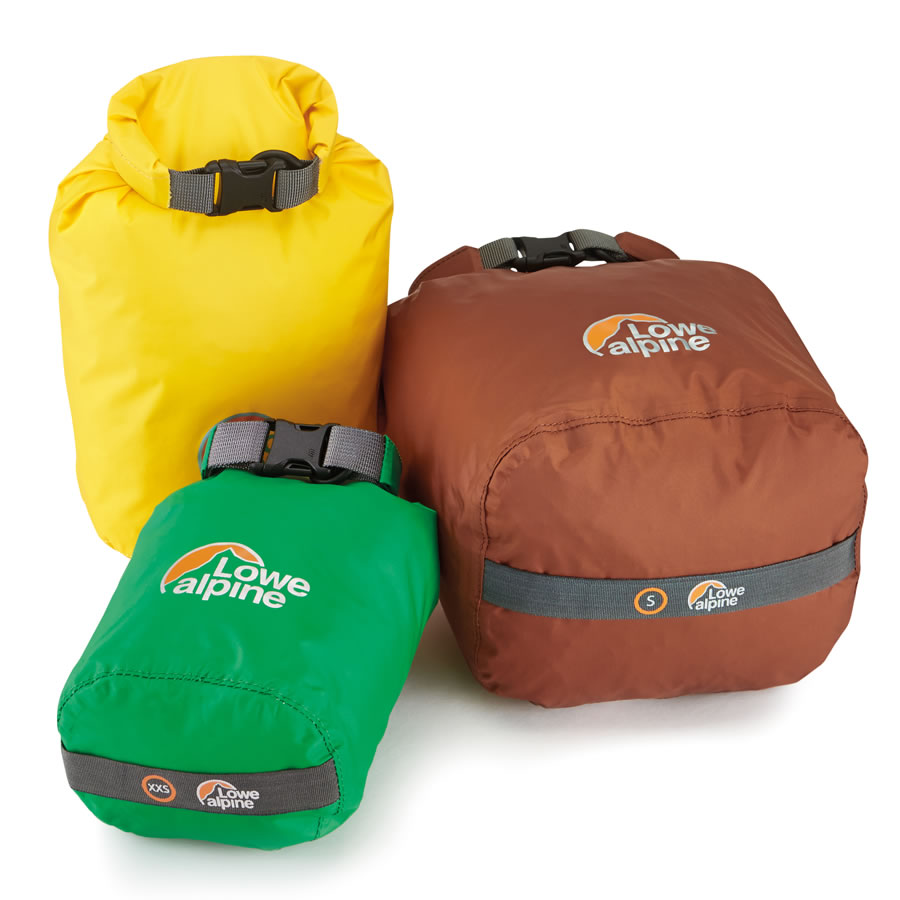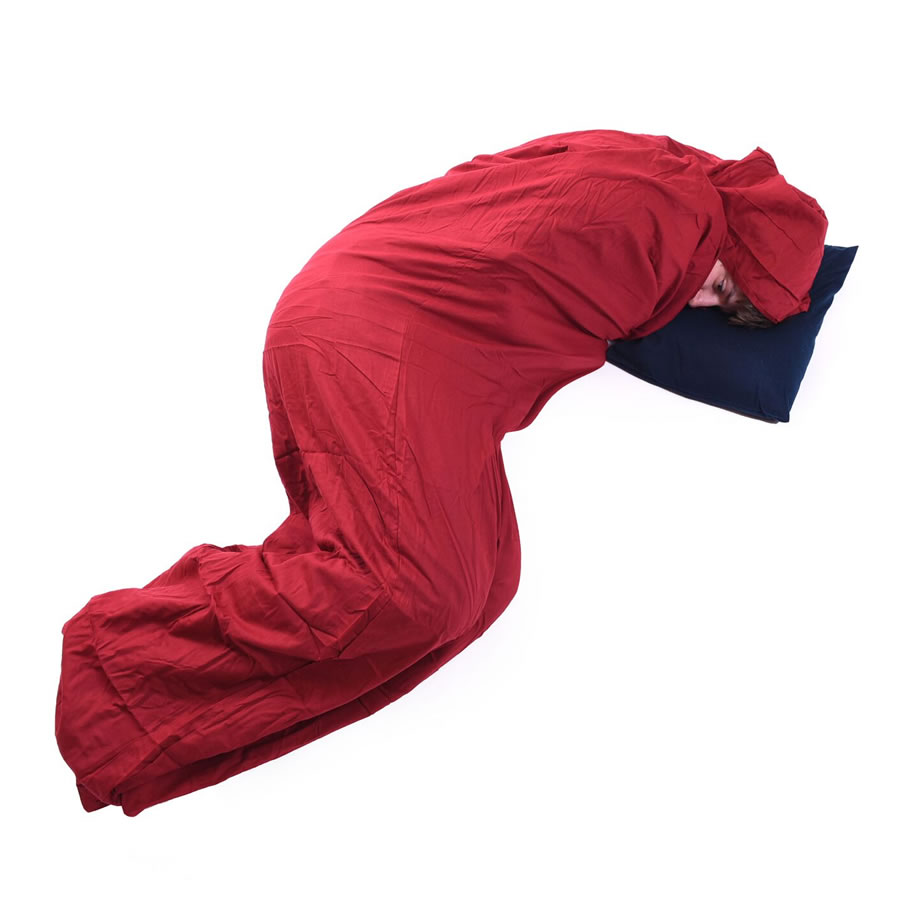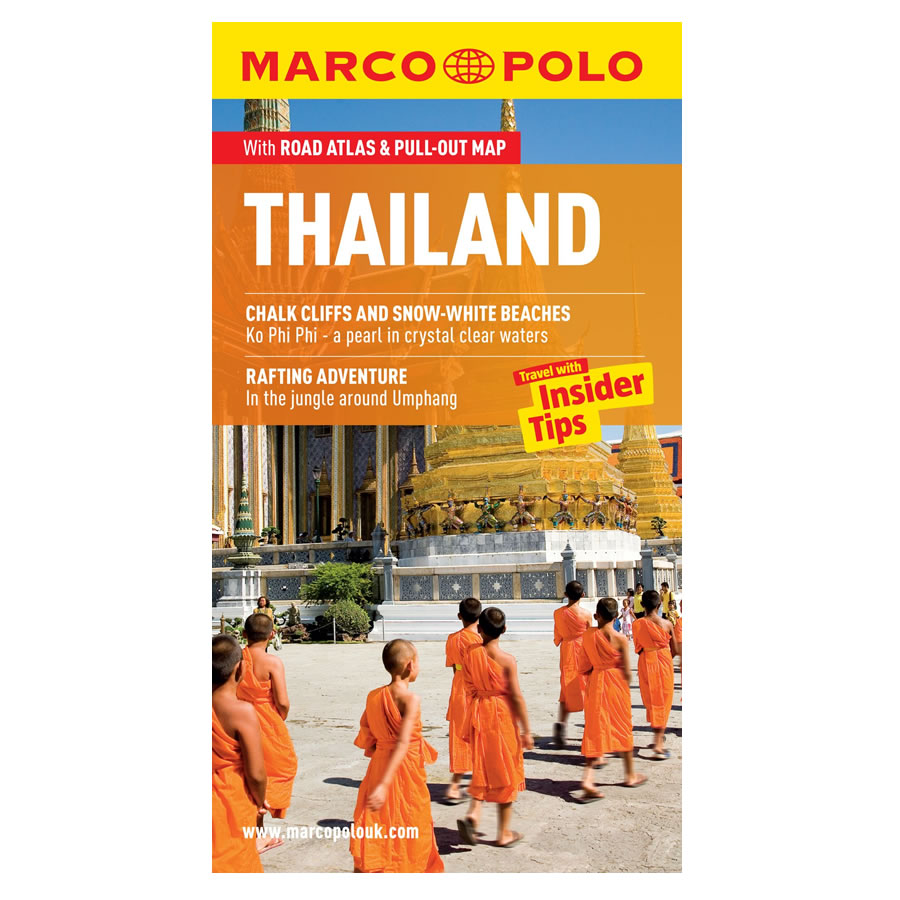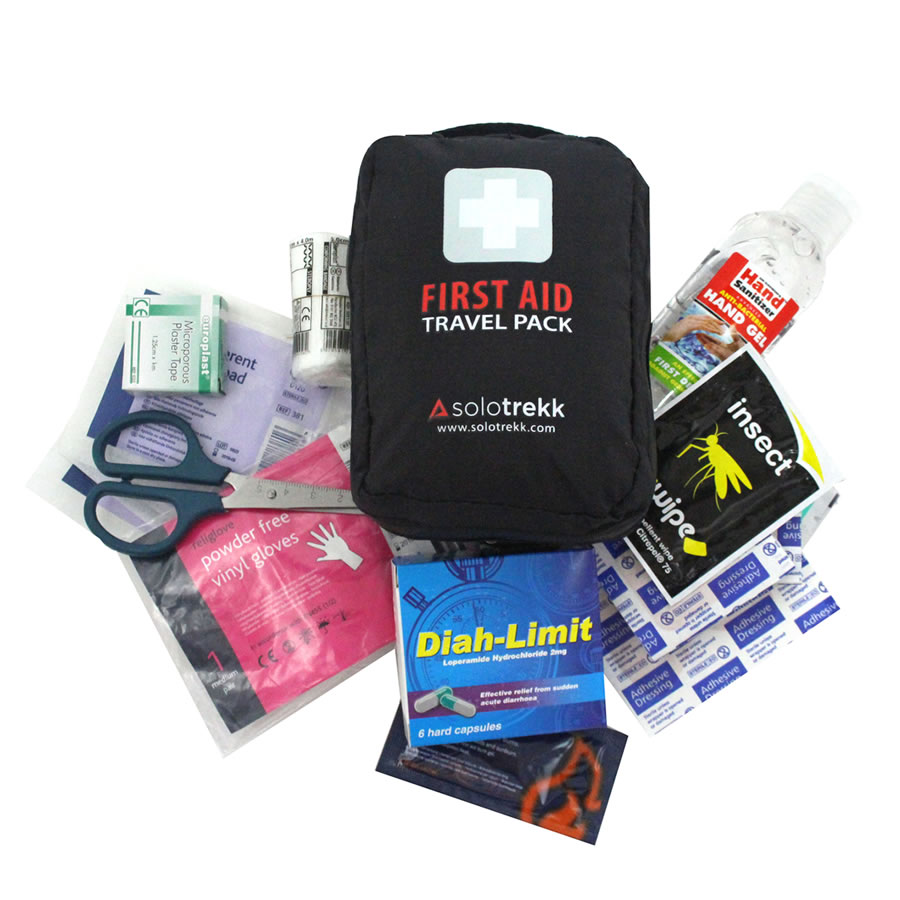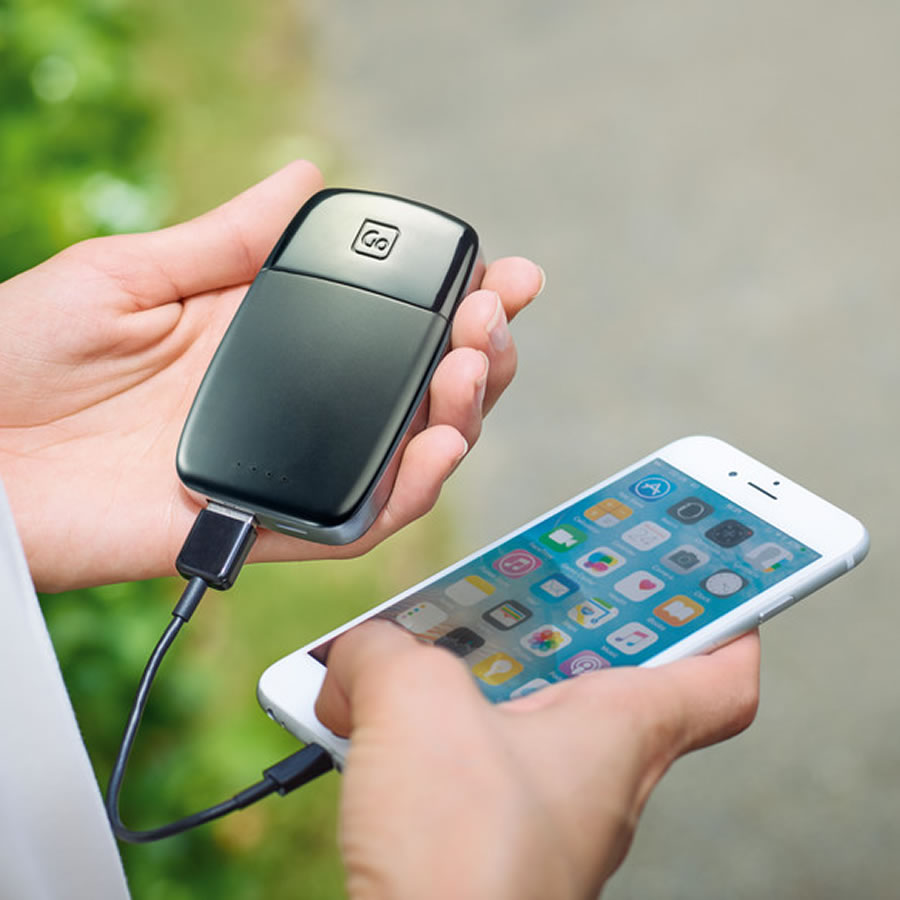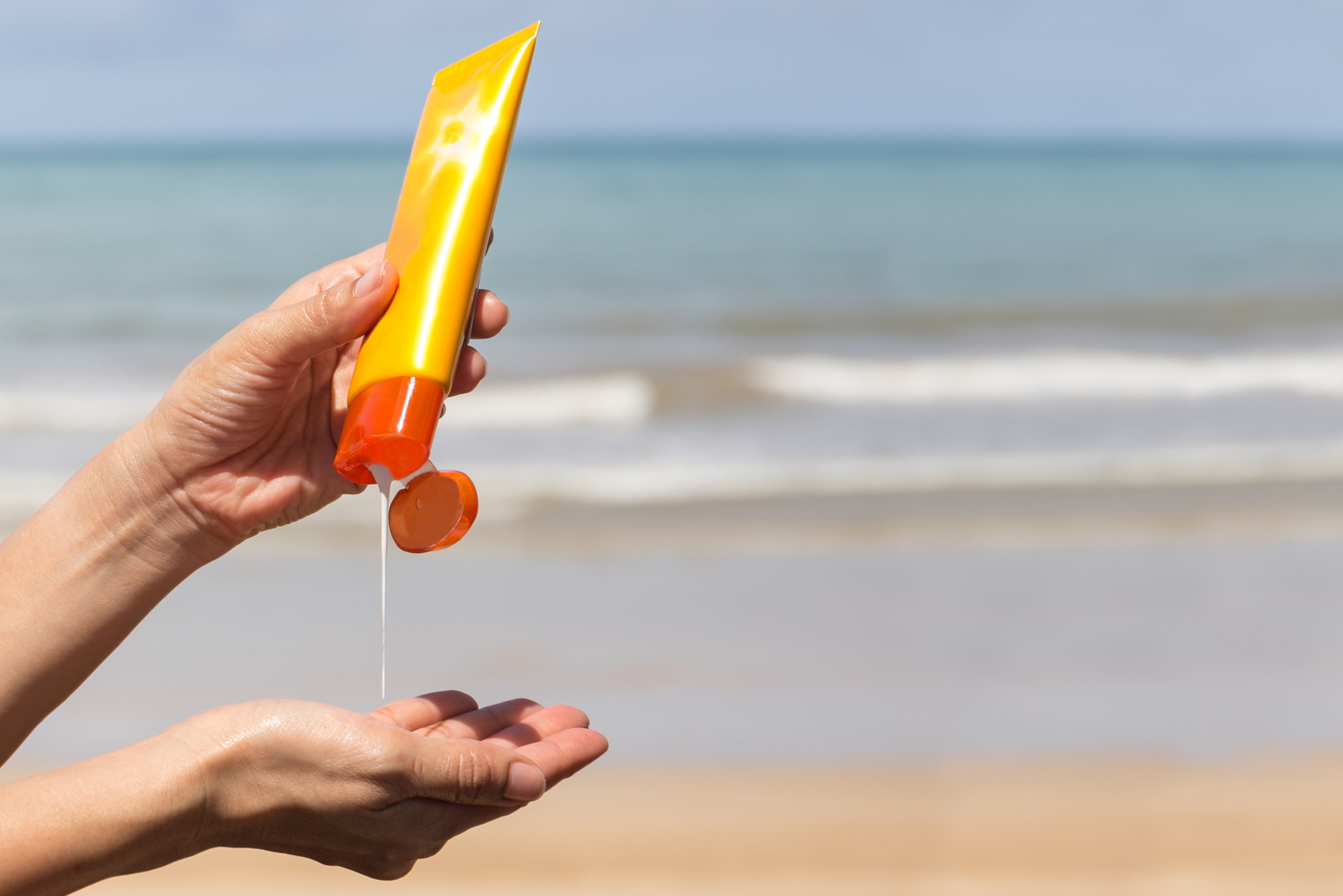You’ve booked your flights and you’re all set for your trip to Thailand, but what should you be stuffing into your travel backpack? In this post we give you our top 10 packing recommendations for travelling in Thailand. If you want a more extensive list, covering Southeast Asia as a whole, check out our Southeast Asia packing list.
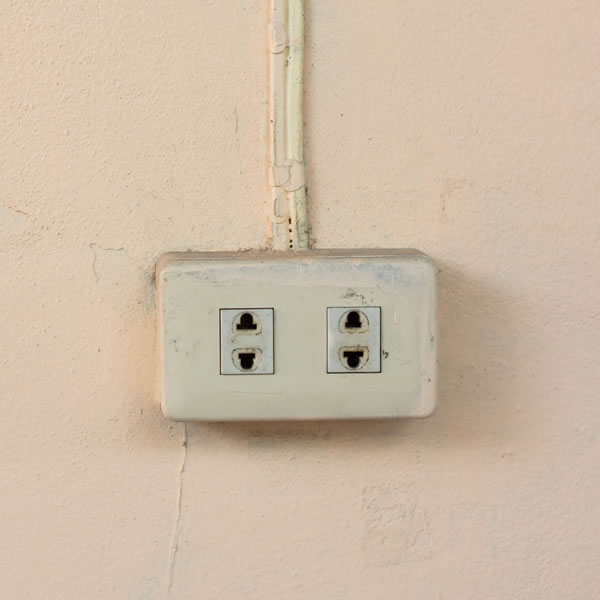
1) Travel Adapter
You’ll find that Thai wall sockets are generally type A or C. Type A plugs feature two flat pins and are commonly used in the USA and Canada. Type C plugs feature two round pins and are commonly used throughout Europe. You should be fine with either plug adapter, as most sockets will accept both types. The voltage in Thailand is 220V, so you won’t require a voltage converter if you’re travelling from the UK.
2) Mosquito Repellent
Generally speaking, the risk of Malaria in Thailand is low. However, there are some regions which carry a high risk of Malaria. If you’re travelling to high risk areas of Thailand, we recommend using a mosquito repellent containing 50% DEET and you may also need to take anti-malarial medication, which should be discussed with your GP or travel clinic before you travel. You can check the malaria risk in Thailand on the Fit for Travel website.

For low risk areas of Thailand such as Bangkok, Phuket, Krabi, Koh Samui and Chiang Mai we would recommend Trek Ultra, a micro-encapsulated formula with long-lasting protection. This contains a lower concentration of DEET (30%), but the protection is released over time and is also sweat and splash resistant for up to 12 hours of protection.
Dengue Fever and Zika Virus are also a concern for travellers. As there is currently no vaccine for either Dengue Fever or Zika Virus, wearing insect repellent is your main defence against these diseases.
3) Water Filter Bottle
The water in Thailand is not safe to drink, so we would recommend treating water before you drink it. You can do this using chlorine or chlorine dioxide tablets, or you can use a water bottle with a built in purification filter. Water filter bottles remove harmful bacteria and other contaminants as you drink, making them a much simpler alternative to chemical treatments.
Of course you could just buy bottled water every day, but having your own re-usable bottle is much more cost effective and also doesn’t contribute to waste plastic, which is a growing problem in Thailand.
4) Beach Sized Travel Towel
Travel towels offer a quick drying, lightweight and space-saving alternative to standard towels, making them an essential for any destination around the world. With all the time you’ll be spending on those pristine beaches in Thailand, you’ll want a larger towel for sunbathing and drying off after swimming.
Another benefit of a giant sized travel towel is that it can double up as a sarong/cover up, which is really useful in more conservative parts of Thailand…and also saves you packing a sarong!
5) Dry Bags
Boat trips, beach days and travelling during the rainy season are just three reasons you might want to consider using dry bags in Thailand. Dry bags not only help to protect your clothes and accessories from water and wet weather, but also help to separate and organise your luggage, making it easier to find particular items when you need them.
If you want to use your mobile phone and other gadgets whilst keeping them dry, waterproof pouches offer the perfect solution.
6) Sleeping Bag Liner
Most backpackers stay in hostels when travelling in Thailand, but budget accommodation can often mean you’re faced with some less than luxury sleeping arrangements. Having your own sleeping bag liner or ‘sheet sleeping bag’ is a great way to ensure you can avoid hostel bed sheets if they look dirty or if you’re concerned about bed bugs.
As Thailand has a tropical climate, you can use a sleeping bag liner instead of a sleeping bag when staying in hostels and it takes up a fraction of the space inside your backpack. We would also recommend packing a sleeping bag liner if you plan to travel on sleeper trains during your trip.
Our top pick would be a silk liner, as they are more lightweight and compact compared to cotton and polyester options. However silk liners are also more expensive, so it really depends on your budget.
7) Thailand Travel Guide
While free Wifi is available in a lot places these days, it doesn’t hurt to go old school with a travel guide once in a while! This compact travel guide is small enough to keep in your daypack and has lots of useful information in one place, including useful Thai phrases, insider travel tips and chapters on each region of Thailand. It even comes with a pull out map!
8) First Aid Kit
From cuts and scrapes to burns and insect bites, accidents happen when travelling and ensuring you’re equipped to treat these common injuries during your trip is essential. Ensure you pack a kit containing at least the basic medical supplies including plasters, dressings, bandages and anti-septic wipes or cream. As you’re travelling in a country with a humid, tropical climate, leaving wounds untreated can quickly lead to infection, which can progress to cause more serious health issues, so make sure you always clean and treat any wounds accordingly.
You may also want to consider a first aid kit with burn gel, water purification tablets and diarrhoea relief, but these items can easily be added if you choose to buy a basic kit and top it up with personalised medical supplies. Here are some other medical items you should consider packing:
- Paracetamol/pain killers
- Anti-histamines
- Scissors
- Insect repellent (see #2)
- Condoms
- After sun
9) Power Bank
Whether you’re on a long journey and need to charge your phone or can’t find a free socket in your hostel, having your own portable power bank comes in pretty useful when travelling. You can easily pack a power bank in your daypack to keep your phone powered up throughout the day, so you don’t have to worry about missing out on picture opportunities.
10) Sun Protection
An absolute must for travelling in Thailand, whether you tan or turn lobster red when your skin is exposed to the sun. Choose a sun cream with at least SPF30 or higher if you have fair skin. You should also choose one with UVA and UVB filters. It’s worth noting that using insect repellent can reduce the effectiveness of your sun cream, so you may want to consider using a sun cream with a higher SPF than normal. If you’re concerned about jellyfish, you can even get anti-jellyfish sun cream to help prevent stings when swimming.


